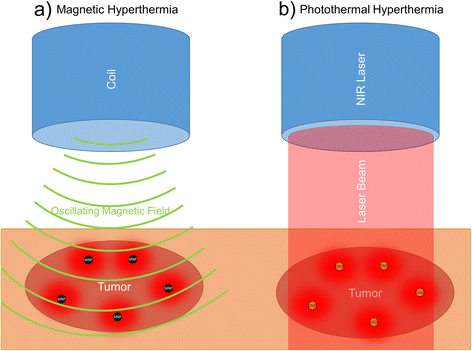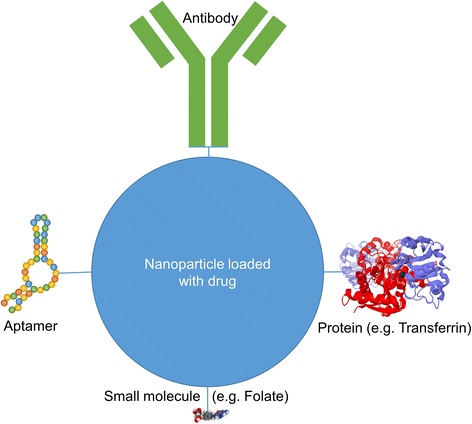top of page
A Bright Future:
Nanomedicine


1/1
The importance of Nanotechnology to Artificial Lungs
(L1)
Nanotechnology is significant in respiratory drugs in a way that they offer new ways to treat diseases and it also allows scientists to study in depth about nanotechnology by using nano materials provided. Today, the application of nanotechnology in real clinical situations for diagnosis and surgeries are still rare, but we can foresee it's potential as a promising candidate for nanotechnology. The following are three possible ways to apply nanotechnology in the field of the respiratory system.
Nanoparticle - Hyperthermia
(L2)
Hyperthermia - "the condition of having a body temperature greatly above normal." (LC3). With the incorporation of nanotechnology, enforcing both together could destroy tumor cells. There are two kinds of Hyperthermia that could be performed to destroy cancer cells. One is the Magnetic Hyperthermia and the other is the Photothermal Hyperthermia. The Magnetic Hyperthermia magnetic fields heat up the magnetic nanoparticle within the humor, causing its temperature to rise without affecting surrounding healthy tissues. Photothermal Hyperthermia is basically using laser lights to destroy cancer cells in the body.

Drug Delivery
(L4)

Nanocarriers are used clinically against lung cancer with substances such as Aurimmune Cyt-6091. (L5) It is a nanoparticle based on gold nanoshells to deliver drugs. It can also serve as both targeting and therapeutic uses. These nano drug deliveries opens up doors to different field of respiratory science. However, there are also some toxic effects of these nanoparticles serving as drugs. Some of them are overall more toxic than normal fine particles. It might bring severe damage to the interaction with the immune system or even cause harm to the pulmonary system.
bottom of page